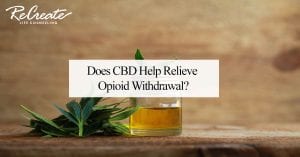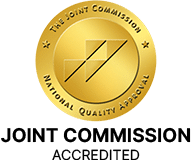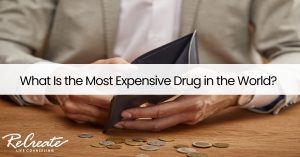
Tag: Opiates
An opiate, in classical pharmacology, is a substance derived from opium. In more modern usage, the term opioid is used to designate all substances, both natural and synthetic, that bind to opioid receptors in the brain

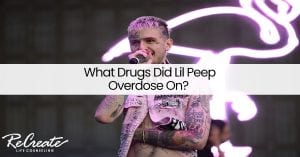
What Drugs Did Lil Peep Overdose On?

Was Juice WRLD Addicted to Pain Pills?
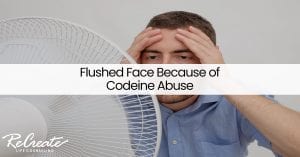
Flushed Face Because of Codeine Abuse

Mixing Buprenorphine and Ultram

Post-Acute Withdrawal Syndrome from Suboxone
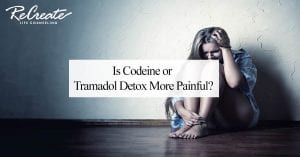
Is Codeine or Tramadol Detox More Painful?

What Are the Street Names for Ecstasy?
